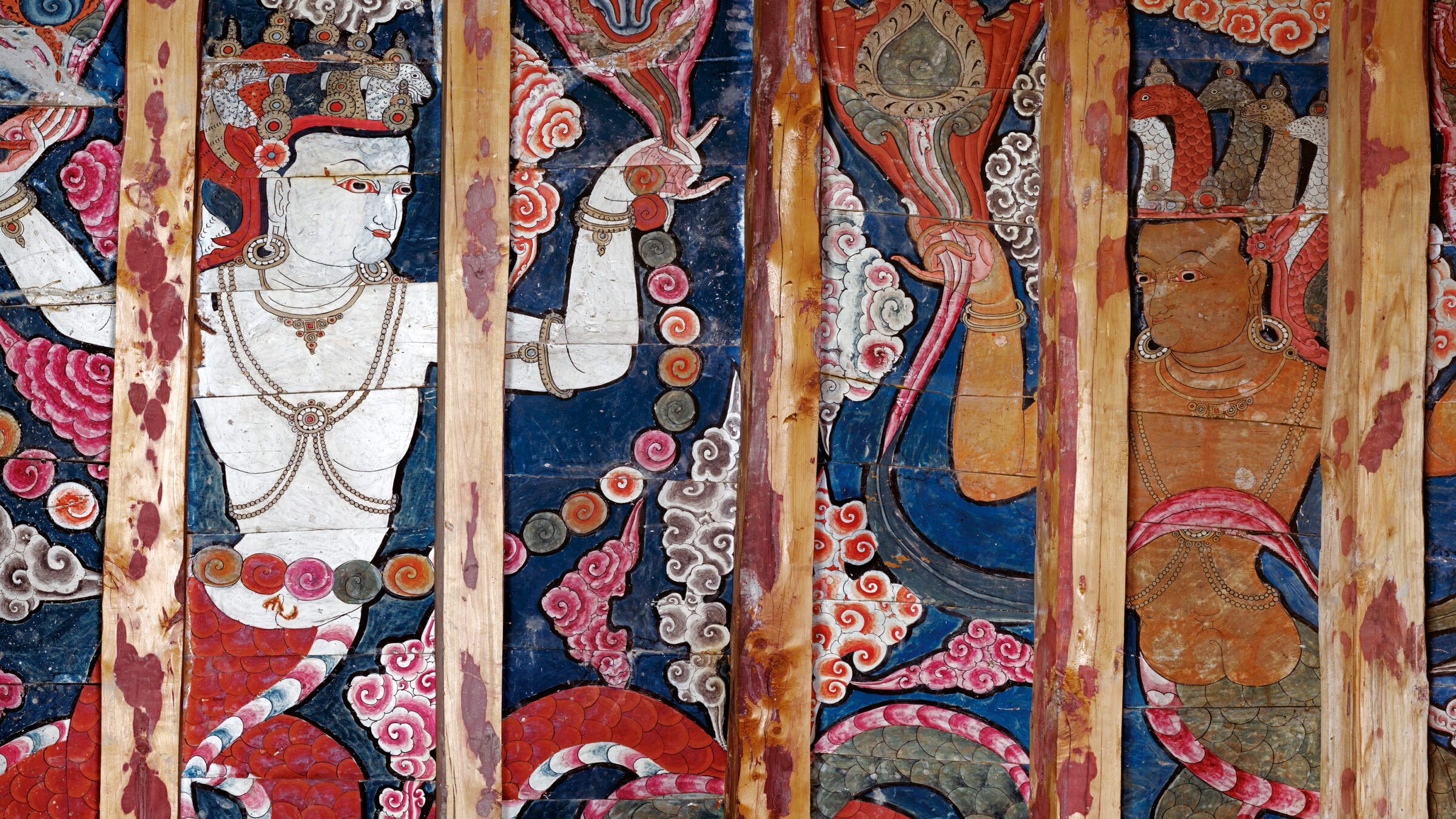In a recent story, we told you about Peter van Ham’s amazing photographic recreation of the remote Himalayan monastery of Alchi on the walls of The Tibet House in New York City.
Last summer, in 2023, Peter returned to one of his favorite monasteries, Tabo – the oldest Tibetan temple site to have survived largely in its original state. That often-arduous photographic journey is now documented in his new book TABO – GODS OF LIGHT: The Indo-Tibetan Masterpiece-REVISITED. Using the Phase One XF and XT cameras, Peter was able to capture the exquisite, yet highly endangered Buddhist art (dating from the late tenth to the seventeenth century) that adorns the interior spaces, offering another unparalleled experience into an ancient world.
“The ability to use state-of-the-art Phase One imaging technology inspired me to create this brand-new edition of TABO – GODS OF LIGHT,” said Peter van Ham. “To capture the paintings and sculptures at the highest level of realism and accuracy was simply not possible until now.”
Recently we spoke with Peter to learn more.
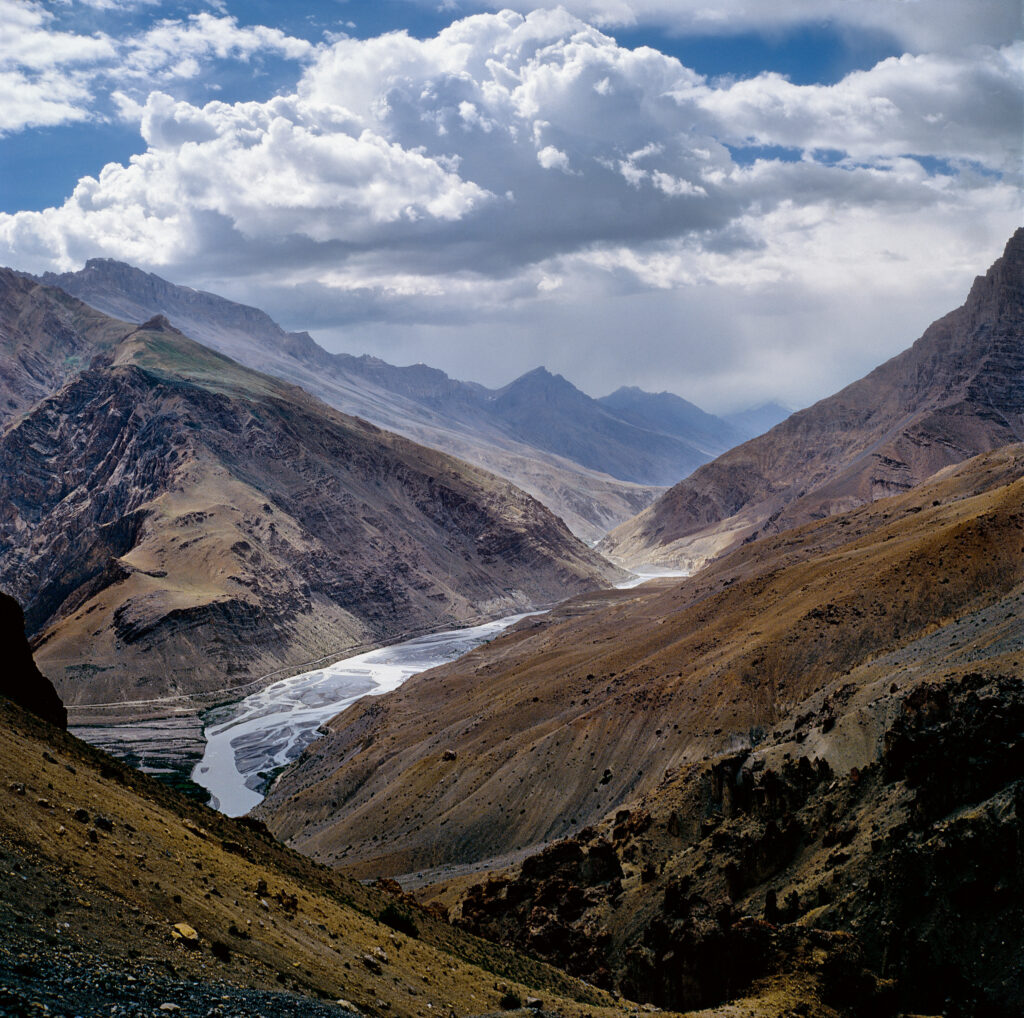
Shooting Tabo vs. Alchi: Unique challenges and adaptations
Perhaps photographing Alchi was easier, because Alchi is much spacier than Tabo and much better preserved. Capturing Tabo was challenging because every photographic situation was different and required adaptations imposed by its spatial and preservation conditions. Furthermore, Tabo is generally much darker than Alchi. In fact, the need to continually make lighting adjustments posed a singular challenge at Tabo and often made me feel more like a lighting technician than a photographer.
The Phase One XT with the RS 32mm lens was my go-to-camera at Tabo – because of circumstances on site and my interests there. From previous visits I already knew that many photographic situations would call for overview shots and panoramic compositions that, due to the narrowness of certain spaces would require a strong wide angle. This made the XT’s 3mm wider wide angle my first choice. Furthermore, the camera’s 24 mm shift feature proved to be excellent for outside panoramas in more consistent light situations. However, for all other images, such as details or far away or difficult motifs, of course, the XF was my choice, due to its flexibility in terms of lenses and viewfinders.
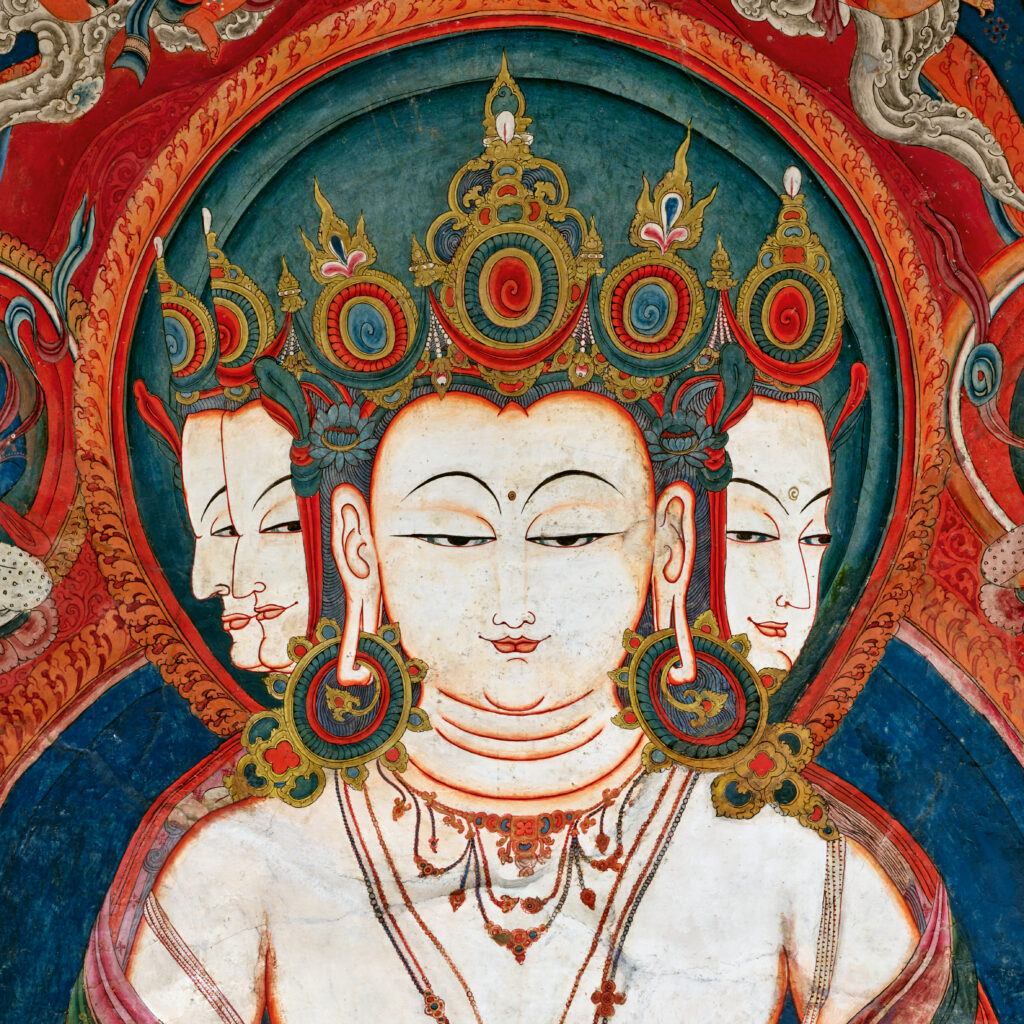
Greatest difficulty: Space constraints and lighting at Tabo
The greatest physical difficulty I experienced was the shortage of space in high places. It was extremely tedious to photograph objects in the upper corners of a 4.5 m high wall when there was only a 1.5 m wide aisle available! Building scaffolding was out of the question, ladders were old, short and shaky, and with 2.95 m the maximum height of my Walimex WM-6004 Pro (which is among the highest stands available in the market) the wall still exceeded the light stands by at least one meter. The 1.5-meter missing distance to the object could only be insufficiently overcome by pushing the tripod legs together. And the price for this would have been much greater instability, which would not have exactly ensured safety and comfort at a height of 3.5 meters in a one-thousand-year-old protected monument.
However, this is where several of the unique Phase One features came into play. The incomparable IQ4 digital back with its amazing 150 MP sensor and its ability to capture the amount of data that it does created many possibilities: such as, to make later digital angle corrections at no loss of content and resolution, to draw from the 16 recorded f-stops to compensate for poor lighting, and to ensure that even in these unfortunate situations of low light exposure and sharp angles any effort would be worthwhile. The resulting quality was certainly among my biggest surprises.
Depth of field: Capturing sharpness on uneven surfaces
One could think that depth of field range is not really a matter of great concern when photographing rather flat subjects such as wall paintings. However, that is not the case – at least not when photographing 1000 years-old wall paintings in equally old buildings. Reason: the walls are anything but flat! Indeed, they are curvy, bent and leant, both in sections and in small patches. Thus, depth of field range is of utmost importance to achieve a range within which all differences in distance are sharp – even in overviews, and more so when taking details. The great thing was that once I chose the aperture, which was pretty much always f/16, sometimes even f/22, I did not have to care about that anymore, as I could be sure that all areas would be sharp. A great feature in this regard was the live view mode with the possibility of zooming the subject to maximum to control sharpness in all areas.
I also kept a small aperture for three-dimensional objects such as sculptures and modelled the subjects using lighting rather than a shallow depth of field. Resulting long exposures of 1-4 seconds were no problem due to working with a camera stand and the incredible features of the sensor.
Post-capture process: Bringing Tabo’s sacred art to life
The whole concept of the main temple of Tabo is its row-like arrangement of figures (either painted or sculpted) to create its philosophical/spiritual program. Ever since I had first traveled to Tabo in 1993, I had wanted to create photographs that evoked the experience of walking along and moving past the various sections of the sacred space — experiencing the presence of continuous rows of sculptures or paintings.
A successful implementation of this idea had to include a way to photograph the walls without the pillars supporting the roof so one could concentrate on the images only and not be distracted by interruptions of the total view. Thus, I needed to apply lens correction and stitching methods to more than 60 different wall sections containing both sculptures and paintings. The gain from this long and often tedious work procedure was that the spatial transfer of the mandala concept (at the root of the depictions and their arrangement at Tabo’s main temple) finally became graspable – something I had longed to manage for thirty years! In the book we have devoted an eight-page fold-out, 1.6 m in breadth (the widest size of the print sheet possible!), to the panoramic image montages of the main temple’s south and north walls. The panoramas of the ambulatory walls are seen as the endpapers of the book and appear again inside the book as double-page openers of the various sections on the ambulatory.
Also time consuming the necessary color corrections, the differences of which were the result of necessary variations in light settings on site. Given Tabo’s age, its state of preservation is not uniformly good; considerable deteriorations have occurred. Often, for example, due to walls not being straight anymore and showing numerous dents, lights pointed at them created disturbing shadows. Sometimes also, due to wall deteriorations, light could not reach all sections. Those inadequacies (that have nothing to do with the actual painting) had to be corrected and at the same time the 1000-year age of the place had to be considered.
Thus, all digital post-production served the authenticity of the image and was never applied to disguise or embellish things. In fact, this is one of the amazing strengths of the Phase One imaging technology: Having sixteen aperture settings stored in each photograph and readily available when tweaking an image without quality loss is ideal for this kind of work. It continuously amazed me how much I could get out of an image without having to worry about size or quality!
Printer feedback: Astonishing quality of digital files
Both Printer Trento for the book and Oschatz Visuelle Medien for the monumental prints used for exhibitions are absolutely amazed by the quality of the photographic material and the dynamic possibilities it offers. Speaking of the latter, one must remember that images produced with the IQ4 150 Megapixel back are somewhat near to 1.5 x 1 m in 300 dpi printing resolution. Thus, the photographs I need to be printed at monumental sizes for exhibition rooms, must only be enlarged twice to achieve heights of 4.5 meters, for example, and at that size they are still at around 75 dpi – one of the best illustrations for why high-quality medium format imaging is essential to this kind of work.
New book details: TABO – GODS OF LIGHT launching in 2024
Hirmer Publishers, Munich, 2024
320 pages, 420 illustrations, plans, oversize fold-out
28 x 28 cm /11 × 11 in, hardcover with dust jacket
With an essay by Gerald Kozicz and an introduction by Tsenshap Serkong Rinpoche
Check more about publishing and distribution of TABO: hirmerverlag.de | press.uchicago.edu
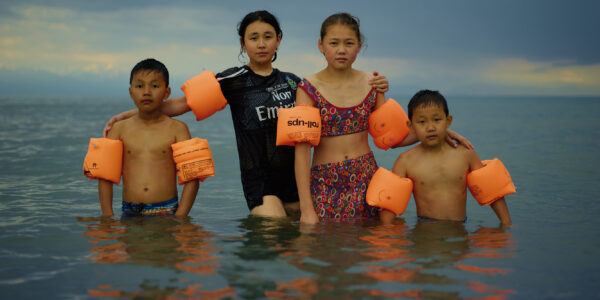
Photographer Stories
Intimacy in focus: Louise’s lens on humanity with Phase One_Part1
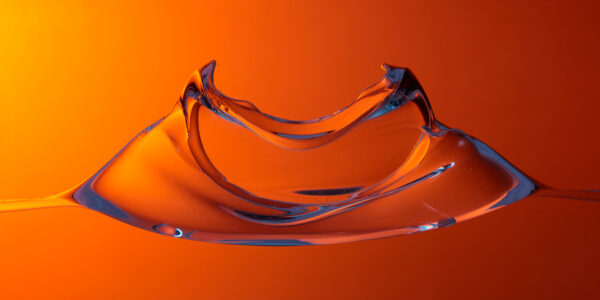
Photographer Stories
Dimitri Newman: Vision is Just the Start
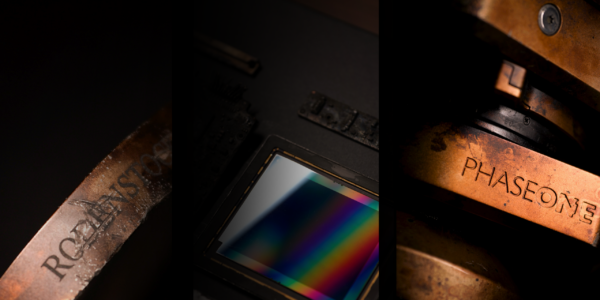
Photographer Stories
Ashes: The Rebirth of a Camera- Hexmalo
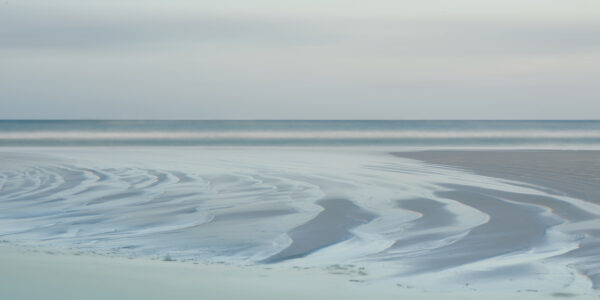
Photographer Stories
Chandler Williams: A Photographer’s Path
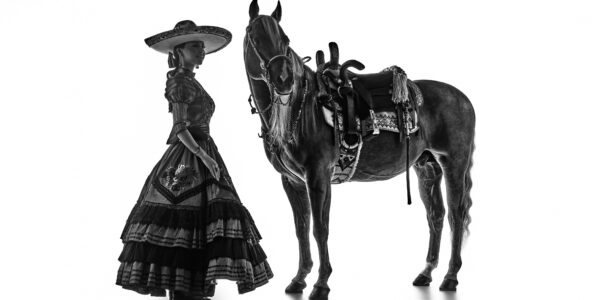
Photographer Stories
Loreto Villarreal – An Evolving Vision
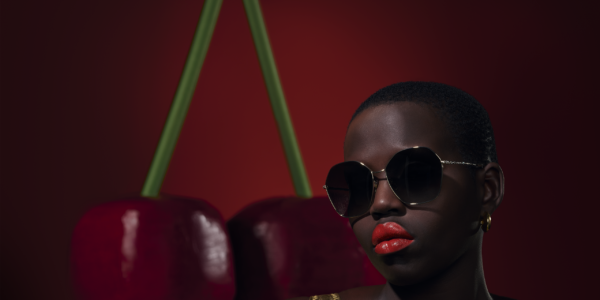
Photographer Stories
Tobias Meier – Storytelling Photography
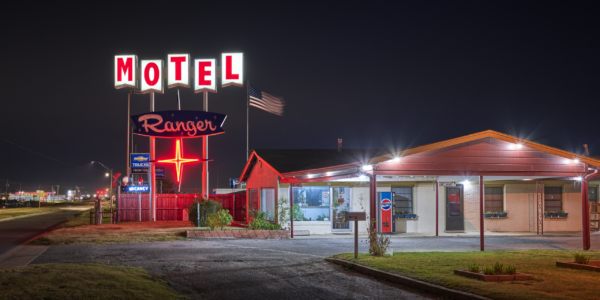
Photographer Stories
Gregory Essayan – Curating Reality
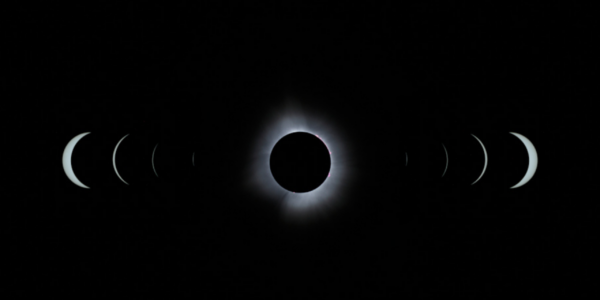
Photographer Stories
Total Solar Eclipse – Matthew C. Ng
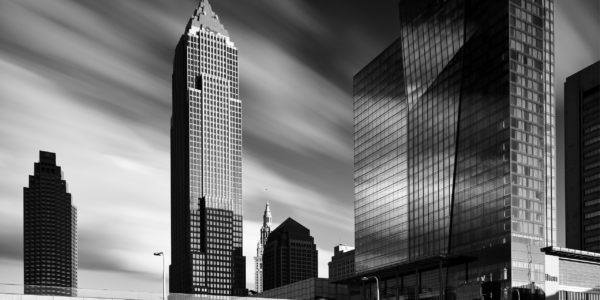
Photographer Stories
Roger Mastroianni – Frame Averaging
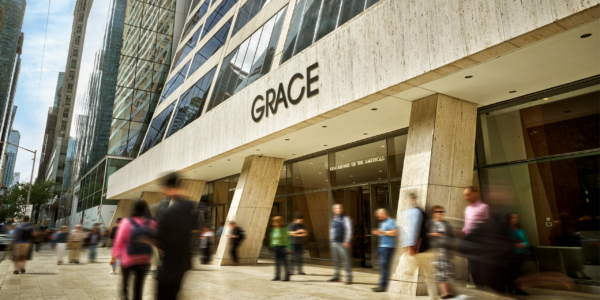
Photographer Stories
Matthew Plexman – Bringing portraits to life
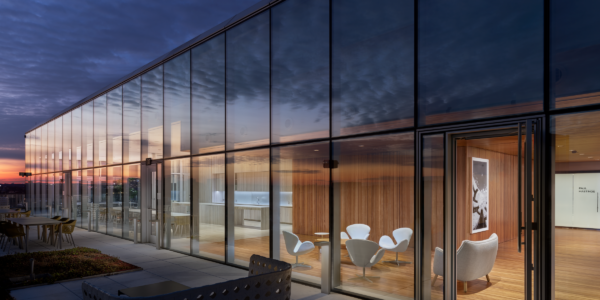
Photographer Stories
Prakash Patel – A Visual Design Story

Photographer Stories
Karen Culp – Food Photography Ideas
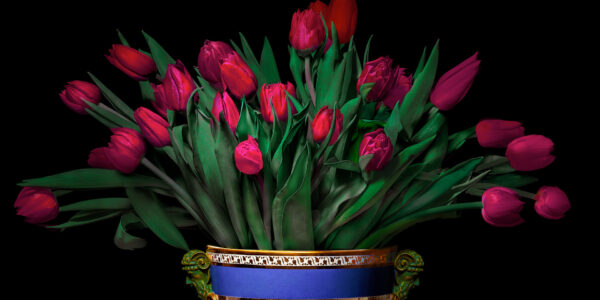
Photographer Stories
T.M. Glass: Flower portraits
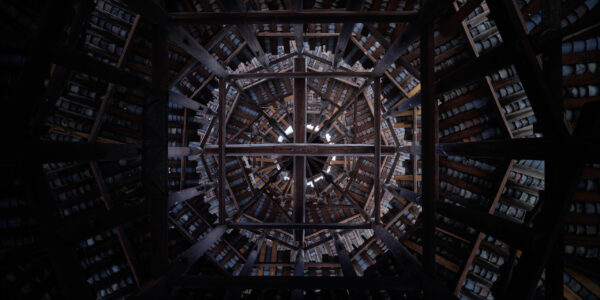
Photographer Stories
Preserving ancient Chinese buildings – Dong Village
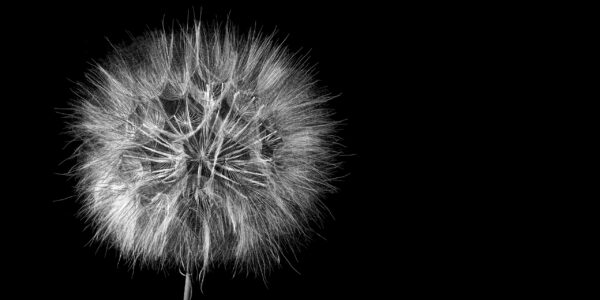
Photographer Stories
Jeff Puckett – The Art of Photogravure
